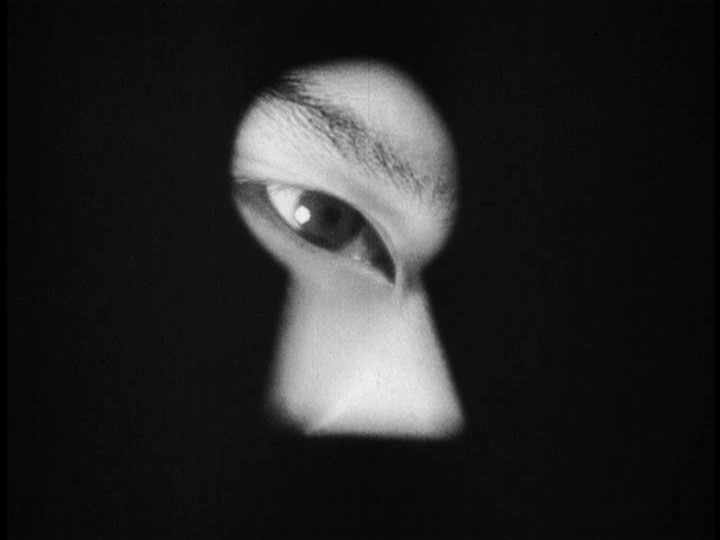Stan Brakhage
“Dog Star Man” is a reenactment of Brakhage's “artist”. In “Dog Star Man”, a bearded man and his dog are climbing up a dreary, snowy rock face with nothing more that an ax. The main character acts as an explorer, a conquerer even, as he climbs and chops his way up the mountain side. Parallels between the main character and the “artist” can be made; both are figurative trailblazers into the “fear” that Brakage claims blocks out “unlimited love”. The comparison could also be made between Brakhage and his “Dog Star Man” for the same reasons; Brakhage is an avant-garde filmmaker, forging a new path ahead for others to follow. “They create where fear before them has created the great necessity.” Through use of extreme cutting, dissolves, cross dissolves, and stock space footage, Brakhage creates a surreal, near hallucinogenic experience of one man's journey to travel through the “fear” and unknown towards some enlightenment or higher understanding.
“There is no need for the mind's eye to be deadened after infancy, yet in these times the development of visual understanding is almost universally forsaken.” Though “Window Water Baby Moving” may be considered too literal of an example, the philosophies in Brakhage's “Metaphors on Vision” mesh well with this work. The innocence of the child being born juxtaposed against the tainted eyes of Brakhage, Jane, and even the eye of the camera, can create a sense of empathy with the situation. Even though in today's society looking upon a woman in such detail during childbirth is considered taboo, Brakhage presents the birth in such a way that retains the credibility of the film rather than lowering the work into the realm of perversion. Though those who have lost that innocence of a child “can never go back, not even in imagination”, the immodest images in the film shows the reality and the joy of an innocent child coming into the world. Brakhage's exposure of the birth goes to such great lengths, that even Jane's genitalia are shaved so that the viewer can see even more detail of the birth. These images are not presented to offend, but rather to contradict the notion that what we see with our “prejudiced eyes” is anything but innocent.
Stan Brakhage was a visionary, and seemed to place his philosophies into his films. Not only do his characters forge their own paths into their own unexplored territories, Brakhage does as well by making these avant-garde films. Even though Brakhage's own eyes and his camera are not “innocent”, they beckon the audience to follow them on their journey to find that innocence again. Though Brakhage even states that no person can “go back”, the gesture towards this innocence is made worthy through these journey's that Brakhage creates, leaving a path for others to follow.

